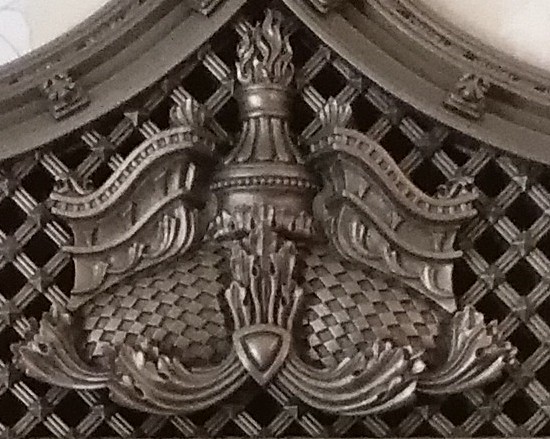The Russian Imperial banknote monument by Gennady Manekin

Russian Imperial banknote monument by Gennady Manekin
“I consider these banknotes the most refined in world history, and just emphasized the greatness of our History”, says Gennady Manekin. Used in Russia until 1919, these paper banknotes were very valuable. For example, for 10 rubles you could buy 2 cows, or 1 horse.
A self-taught sculptor, Manekin has been sculpting and painting since childhood. “As long as I remember myself – I painted, sculpted all the time”. About 30 years ago, for the first time, he saw old banknotes in the photograph and their beauty and grace conquered him.
Over the years, having accumulated the luggage of skills in this craft, he embodied the dream of youth and sculpted these magical paper bills, immortalized in stone. Noteworthy, he is the first who was not afraid to take up a complex painstaking project, as a keepsake for descendants about paper money.

The name of the Russian Empress Catherine II is inextricably linked with the history of paper money in Russia. Firstly, it was during the years of her reign that they appeared in our country. According to the empress’s manifesto, in 1769 (250 years ago) they issued the first Russian paper money of 25, 50, 75 and 100 rubles. The idea of issuing paper bank notes arose earlier, but only under Catherine II made it real.
Russian Imperial banknote monument by Gennady Manekin

Secondly, it was Catherine II who became the only woman – a real historical person whose portrait adorned Russian banknotes. For the first time, a portrait of the empress appeared on a hundred ruble, approved by Alexander II in 1869 (another anniversary). The portrait was executed by the then new metallographic method on the back of the bill.
In 1898, a new model appeared. Now the empress was depicted on the banknote twice: once in the form of a portrait made by metallographic printing, the second in the form of a watermark on a white coupon.

Finally, the third and last pre-revolutionary banknote was issued in 1911 with old, pre-revolutionary, dates and signatures. Then they depreciated due to hyperinflation in the early 1920s, and a huge amount remained in the hands of the population. Today this banknote is the star of money collectors and the heroine of literary works and films.
On modern Russian banknotes, a portrait of Catherine II is also there. It is placed on a 100-ruble commemorative banknote of the 2015 model, dedicated to the reunification of Crimea with Russia.

















